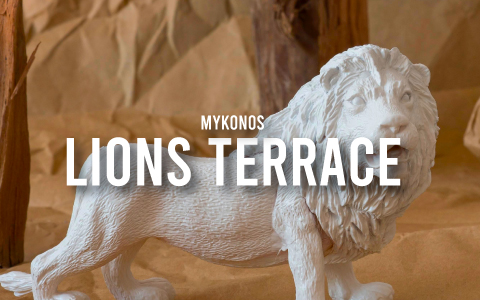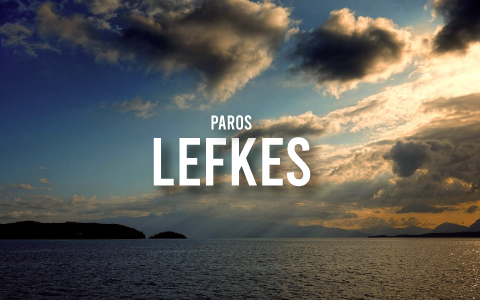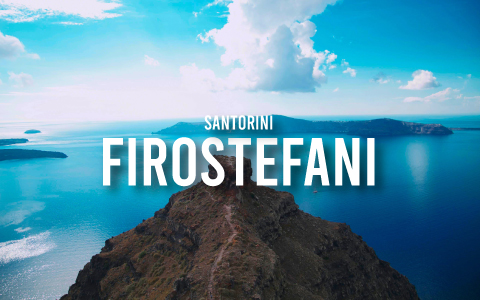
The Terrace of the Lions: Guardians of Myth on Delos near Mykonos
The Cycladic island of Mykonos is celebrated for its sun‑bleached houses, vibrant nightlife, and sparkling beaches, but just a short boat ride away lies a site that connects visitors to the deep well of Greek mythology and ancient history: the island of Delos. Known as the sacred birthplace of Apollo and Artemis, Delos was once a major religious and commercial center of the ancient Aegean. Among its ruins, one monument stands out both for its historical significance and visual impact: the Terrace of the Lions.
The Origins and History of the Terrace
The Terrace of the Lions was commissioned by the people of Naxos around 600 BCE, during the early Archaic period of Greek history. The statues were made of Naxian marble, a material prized for its durability and luminous quality.
This remarkable row of marble statues, perched along the Sacred Way, was intended as a striking gateway to the sanctuary of Apollo. The lions were not merely decorative; they created a ceremonial procession for pilgrims and highlighted the importance of the religious precinct. The placement of the lions reflected a broader pattern in Greek and Mediterranean art, where statues of powerful animals were often used to mark sacred boundaries and convey both protection and reverence.
Originally, there may have been up to sixteen lions, seated in a dignified, frontal pose, facing east toward the Sacred Lake, a site associated in legend with the birth of Apollo and Artemis. Over time, many of the original lions succumbed to the elements or were moved for preservation. Today, the originals are housed in the Archaeological Museum of Delos, while faithful replicas mark the site for visitors. Despite these changes, the Terrace retains its sense of power and solemnity, offering a direct visual connection to the past.
Visiting the Terrace
A visit to the Terrace of the Lions begins with a ferry ride from Mykonos. The crossing takes roughly 30–45 minutes, depositing visitors at the small pier of Delos. From there, a short walk through the archaeological site leads to the Sacred Way, along which the terrace is located.
Approaching the Terrace, the first impression is of open space and light. The lions sit in a row, their simplified yet commanding forms immediately drawing the eye. The Sacred Lake stretches beyond them, offering a glimpse into the landscape of myth. Standing among the statues, visitors can almost imagine the ancient pilgrims who once processed past these sentinels, moving toward the temples of Apollo and Artemis.
How to Best Enjoy your visit to the Terrace of Lions
During your visit to the site there are several highlights to notice:
- The replicas themselves: These faithfully replicate the form and placement of the original statues. Even in replica form, the lions convey a sense of calm authority and watchfulness.
- The panoramic view: From the terrace, the Sacred Lake and the surrounding ruins form a dramatic vista, with the Aegean Sea visible in the distance. This view reinforces the sense of the lions as both guardians and markers of sacred space.
- The context of the site: The terrace sits along the Sacred Way, and visitors pass by other archaeological treasures, making it part of a larger narrative about the island’s religious and civic life.
You can opt for guided tours that provide context on the Terrace of Lions, the temples of Apollo, Roman houses, mosaics, and the overall history of Delos. Guides bring the statues to life, explaining their cultural, artistic, and religious significance.
If you are into photography, the terrace won’t disappoint you. The marble lions, the sunlit ruins, and the distant sea provide endless opportunities for capturing the interplay of light, shadow, and texture. Morning and late afternoon light are ideal for great shots.
Remember to wear comfortable shoes and bring water, as Delos is largely open with little shade. We suggest you to visit the site in the early morning, both for the soft light and for fewer crowds.



